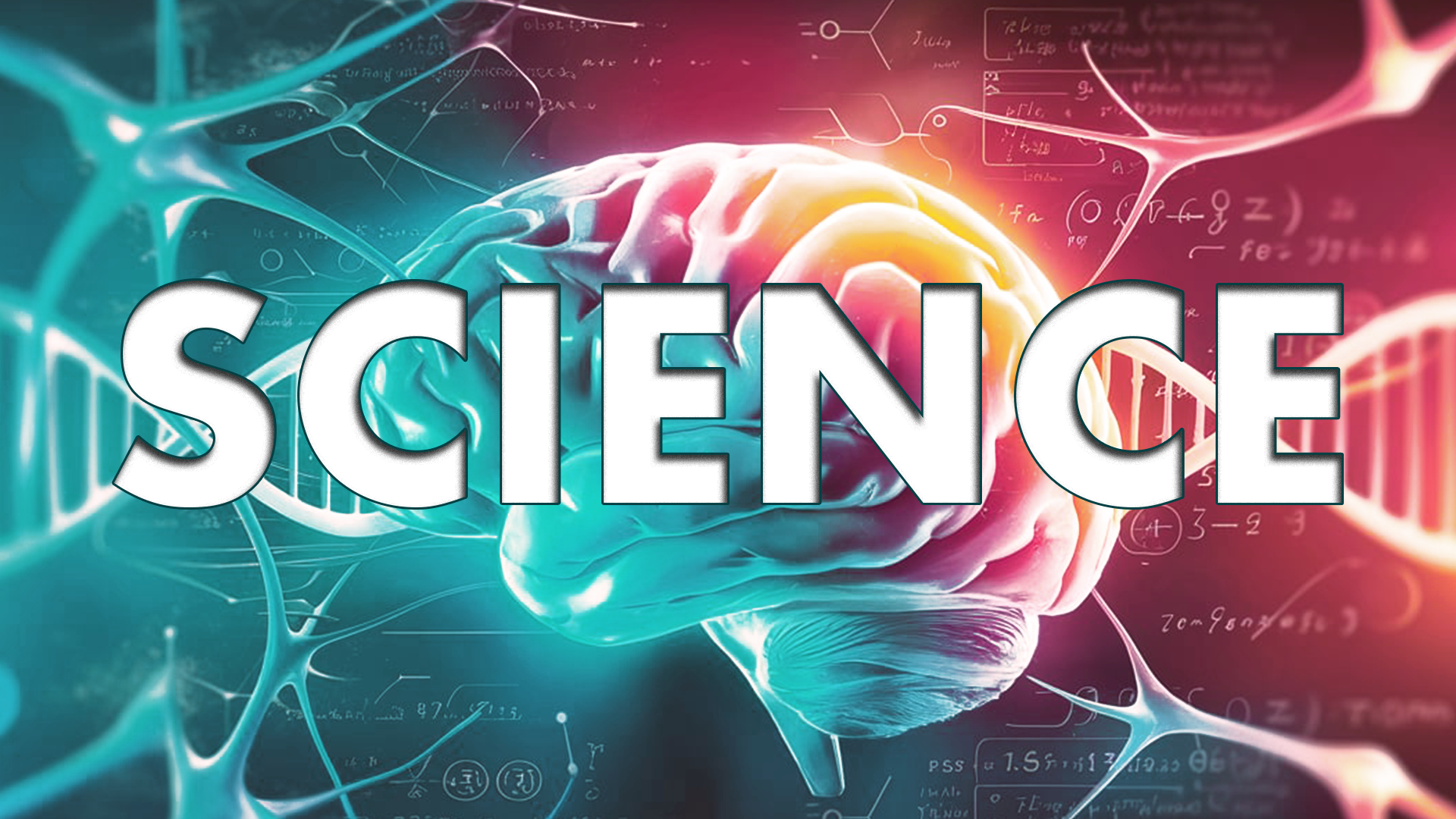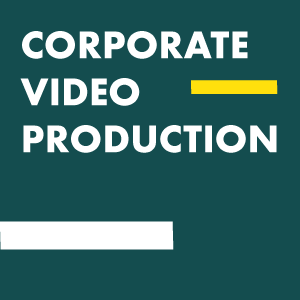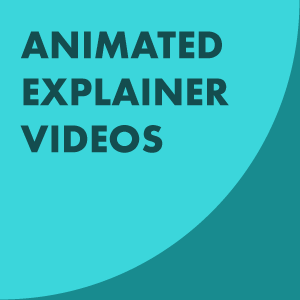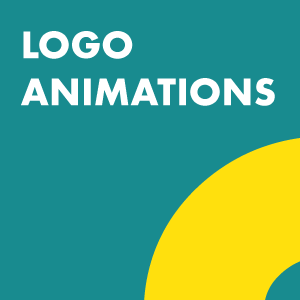
When you hear “animation,” you might picture classic fairy tales, or a sponge living in a pineapple under the sea. But did you ever think of science?
In the fascinating world of animation, art and science converge to create compelling narratives that captivate our attention, shape our attitudes, and enhance our memory.
In this blog, we’ll explore the science behind why animation works, delving into the psychological mechanisms that make it such an effective medium for communication. From the way animated content grabs our focus to its ability to foster positive attitudes and bolster the retention of messages, we’ll uncover the intricate processes that make animation not just entertaining, but also a powerful tool for storytelling, communications and education.
Attention: Humans are Hardwired to Respond to Motion
The focus of any marketing communication is to pull the attention of potential customers. The ability to attract and retain attention is a critical factor for the success of businesses. Without capturing customer attention, marketing efforts can fall flat, leading to lower engagement, reduced brand awareness, and ultimately, decreased sales and profitability.
Animation’s ability to capture attention is undeniable. But what makes it so captivating? The effectiveness of animation extends beyond its vibrant colours and imaginative visuals. It’s not the animation itself that seizes our focus; rather, it’s our human instinct. We are innately programmed to notice movement, and animation leverages this instinct to draw our gaze.
Humans’ ability to notice moving objects has always been a useful skill, from avoiding an animal predator in ancient times to crossing a busy street in the modern world. During evolution, among the most fundamental functions is the ability of organisms to detect ‘danger signals’, so humans have two crucial systems to aid in host protection: the immune system and sensory neurones of the peripheral nervous system.
The sensory neurones in the retina, such as rods and cones, are highly sensitive to light and motion. These neurones act as messengers to the brain, enabling us to perceive and react to our environment. They communicate to the brain, allowing us to see the world around us. It’s this inherent sensitivity to motion that animation taps into. By tapping into our instinctual response to movement, animation creates visually compelling messages that stand out, ensuring marketing efforts are noticed.
Evidence for the existence of neurons that are sensitive to motion is the after-motion affect. The motion aftereffect is a visual illusion that occurs after you stare at a moving object for a while. When you then look at a stationary object, it appears to move in the opposite direction. This effect highlights how our visual system is highly sensitive to motion.
The Role of Animation in Consumer Attitude Formation
Animation plays a significant role in shaping consumer attitudes by engaging both cognitive and affective processes.
It serves as a powerful tool in advertising and marketing due to its ability to capture attention, evoke emotions, and simplify complex messages. Animated content can stimulate viewers’ cognitive responses (thoughts and beliefs) and affective responses (emotions and feelings), which in turn influences their behavioral intentions (actions)
What is The Affective Response and Why is it Relevant to Marketers?
The affective response is our emotional reaction to a stimulus. It encompasses the feelings and emotions that arise when we encounter a product, advertisement, or brand.
The affective response is a powerful driver of consumer behavior because it taps into the emotional side of decision-making. Studies using functional magnetic resonance imaging (fMRI) shows that when evaluating brands, consumers primarily use emotions (personal feelings and experiences), rather than information (brand attributes, features, and facts).
Imagine watching a commercial that makes you laugh or brings a tear to your eye. That emotional connection isn’t just a fleeting moment; it’s a powerful tool that marketers use to influence your purchasing decisions.
How does animation Affect the affect response?
Visual storytelling and Animation
Why? Well our brains are naturally wired to respond to stories. When we engage with a compelling narrative, our brains release oxytocin, a hormone linked to feelings of empathy, trust, and social connection. This biological reaction fosters a deep emotional bond with the story and its characters. This emotional resonance makes viewers more open to the messages being communicated
Animation is a powerful medium for storytelling. Its combination of visual elements, dynamic characters, and engaging narratives can evoke strong emotional responses. For instance, the use of colour, sound, and character design can set the mood and enhance the story’s emotional impact.
For example:
- Animated Characters
Animated characters are designed to express emotions, making it easier for viewers to empathise with them. The effectiveness of this lies in emotional contagion theory.
Emotional Contagion Theory suggests that people can “catch” emotions from others, much like they might catch a cold. This happens through mechanisms such as mimicry, where individuals unconsciously imitate the facial expressions, vocal tones, and body language of others, leading to shared emotional experiences.
In animation, creators use this theory to engage viewers by designing characters and scenes that evoke strong emotional responses. For example, facial expressions and body language of animated characters are often exaggerated to clearly convey emotions. When viewers see a character smiling or crying, they are likely to mimic these expressions as smiles and emotions can be contagious via facial mimicry
- Colour
The use of colour in animation is not just about aesthetics; it plays a crucial role in setting the mood and evoking specific emotions.
For example, warm colours like red and yellow can create feelings of excitement and happiness, while cool colours like blue and green can evoke calmness and serenity.
Beyond evoking emotions, colours can also drive behaviour responses.
Take red, for instance, a colour often employed in marketing to instil urgency and stimulate action. Biologically, red activates the brain’s regions responsible for blood vessel dilation, escalating blood flow, heart rate, and blood pressure, which might explain the allure of red in enhancing attractiveness!
In fact a consumer study by HubSpot revealed that red call-to-action (CTA) buttons outperformed green ones by 21%, showing the profound influence colors exert on our brain and subsequent actions.
- Sound
Sound, including music and sound effects, is another powerful tool in animation which enhances the impact of storytelling. Music can heighten emotions, create suspense, or provide relief, while sound effects can make scenes more realistic and immersive.
Together, colour, sound and characters work synergistically with storytelling to create a rich, multi-sensory experience that deeply engages viewers emotionally – and subsequently affects their decisions!
But it’s not just about the biological and psychological responses; people actively seek out stories. In fact, 92% of consumers want brands to create ads that feel like a story. This preference underscores the power of storytelling in marketing. When brands use storytelling effectively in animation, they can increase engagement, build trust, and foster loyalty. For example, a well-told story can lead to a 30% increase in conversion rates, and compelling brand stories have a 20% increase in customer loyalty.
How Stories Make Us React: Paul Zak’s Research
Look at this example of research highlighting how stories make us react, showing the profound impact of animation on viewers. It shows how well-crafted animated stories can evoke strong emotional and cognitive responses, which in turn affect behavioural outcomes.
Ready to harness the psychological impact of animation for your brand? Our studio specialises in creating compelling animations that captivate and engage audiences. Whether you’re looking to explain complex concepts, tell a story, or simply stand out, we can help you achieve your goals.
How Does Animation Affect Learning and Memory?
Why? Well animation breaks down complex ideas into simpler, visual chunks. This can help in reducing the cognitive load, making the message easier to understand.
In cognitive psychology, cognitive load refers to the amount of information our working memory can handle at any given time. Minimising cognitive load in communications is crucial because it affects how well your audience can process and remember your message. If the cognitive load is too high, your audience may experience cognitive overload, making it difficult for them to understand, retain, and apply the information presented.
How Does Animation Reduce Cognitive Overload?
- Simplifies Complex Concepts & Topics
Animation has the unique ability to break down intricate topics and concepts into simpler, more digestible formats. By using visual storytelling, dynamic illustrations, and engaging characters, animation makes complex information more accessible and easier to understand.
- Guide viewer attention
Animation can guide viewers’ attention to the most critical parts of the message, minimising distractions. This is crucial because extraneous cognitive load, which comes from irrelevant information, can hinder learning and comprehension. By focusing on key points, animations help viewers process information more efficiently.
- Visual and Auditory Integration:
The Working Memory Model proposes that we store information through two primary processes: the phonological loop, which handles verbal information, and the visuospatial sketchpad, which manages visual and spatial information. Dual coding theory suggests that the brain processes information more effectively when verbal communication is combined with visual representation. This approach helps optimise cognitive resources by distributing the cognitive load, preventing overload, and enhancing overall learning efficiency.
In animation sound is used alongside visuals to support and reinforce the information being presented, ensuring that they work together harmoniously. Thus, making the content easier to understand and remember.
Summary
Animation is more than just a medium for entertainment; it is a powerful tool that leverages both science and psychology to captivate audiences, shape attitudes, and enhance memory retention. By leveraging our innate sensitivity to motion, engaging both cognitive and emotional processes, and by excelling at simplifying complex concepts for better comprehension and retention, animation becomes an invaluable asset in today’s competitive digital landscape.
How To Harness the Full Potential of Animation?
Indeed, animation has established itself as an exceptional medium for communication. However, its effectiveness is dependent upon the quality of its execution.
To harness the full potential of animated content and achieve impactful results, partnering with a professional animation studio is key. These experts possess the knowledge and skills necessary to craft a compelling narrative, create engaging visuals, and ensure that every aspect of the animation aligns with the intended message. They understand the nuances of colour, sound, and motion that make a video not just good, but great.
Bring Your Stories to Life with Our Expert Animators
Our team of creative experts specialises in crafting bespoke animated videos that captivate audiences, simplify complex messages, and drive engagement. Whether you’re looking to enhance your brand’s story, boost customer retention, or convey intricate concepts with ease, our tailored animations are designed to meet your unique needs.
Book a call with our Creative Partner today and we can begin to bring your message to life. Our commitment is to deliver exceptional value to our clients, whether through innovative concepts, creative solutions, or compelling content. We strive to exceed expectations by providing tailored services that resonate with your audience.


